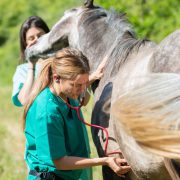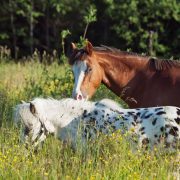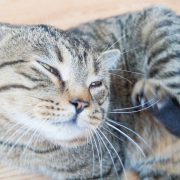Managing pain in common end-of-life conditions
A. Malik and S. Gregersen | The Veterinary Nurse | May 2019
The aim of this article was to consider some of the common end-of-life conditions that cause, or have the potential to cause, pain, and to provide guidance on how best to manage these in practice…











Connect with us